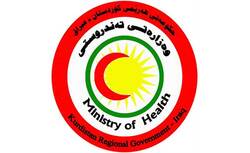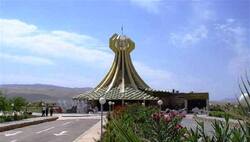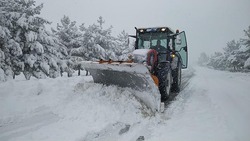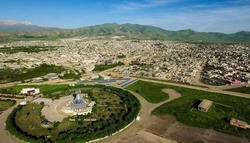JP: Why Halabja should be recognized as genocide?
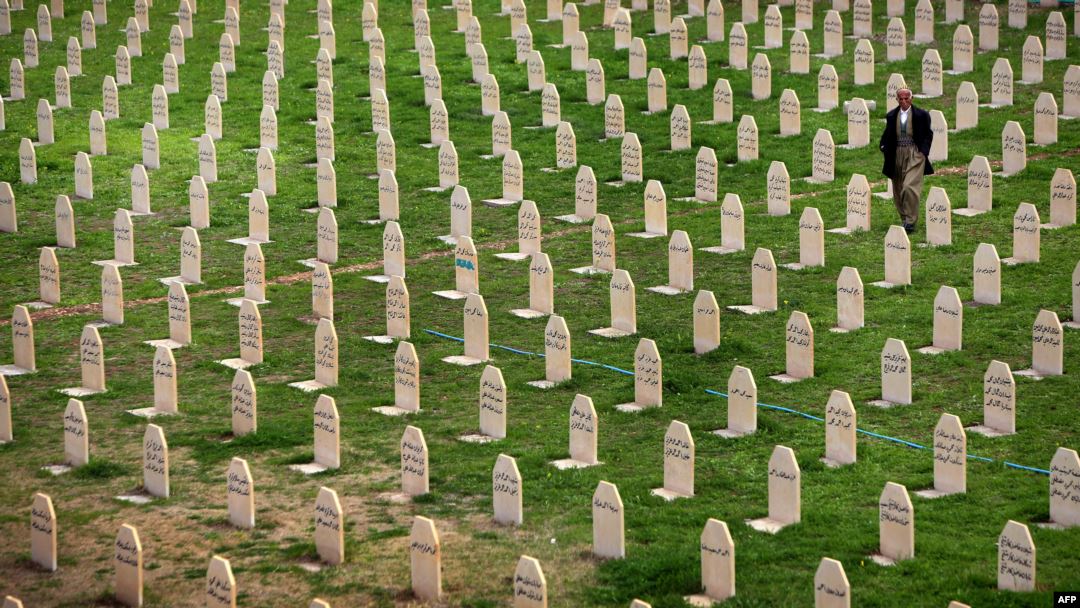
Shafaq News/ The Israeli "Jerusalem Post" newspaper published an article written by researcher in the Middle East Affairs, Farhang Namdar, on the chemical crime of the former regime of Saddam Hussein in Halabja, depicting its atrocity, and calling on the international community to recognize it.
At the conclusion of the Iran-Iraq war (1980-1988), the Kurdish city of Halabja was chemically bombarded by the Iraqi army. It left thousands of children, women and men suffocated to death.
"After 34 years, the incident has been largely forgotten, and it is still not recognized as genocide," JP said.
On March 16, 1988, 32 Iraqi fighter jets began bombarding the city of Halabja for six consecutive days.
“We hid in a cave on the border of Iran for days as the fighter jets continued to bombard,” Nawshirwan Pasha, who is now 45 and lives in Europe, told JP.
Surprisingly, he is still labeled as a martyr of the chemical bombardment by the government, he added.
"The fighter jets deployed internationally banned weapons of mass destruction (WMD) such as mustard gas, cyanide and nerve agents. It left between 2,000 to 3,500, not 5,000 people, as it is publicly claimed, dead and more than 10,000 refugees. The scene left in the unpaved streets of Halabja resembled the atrocities of the Holocaust."
Halabja is home to religious minorities such as Kakis, a distinct religion found in Halabja. Kakai’s holiest site is also located in Halabja. The town hosted a substantial Jewish population at the time.
All these religious minorities were ethnically Kurds, "but the Ba’athist party in control of Iraq denied their existence – making it a textbook example of genocide. If genocide is the intentional extermination of an ethnic, national, racial or religious group, then Halabja suits all the categories."
Halabja is a city that lies only 15 km. from the Iranian border. During the eight-year Iran-Iraq war, the city was constantly shelled. The Islamic Revolutionary Guards Corps (IRGC) could not capture the city, as Saddam Hussein had positioned one of Iraq’s nine divisions in the governorate of Sulaymaniyah which includes the district of Halabja.
Hussein had positioned a brigade in Halabja. The Iraqi Army had shifted its military center to the area, after years of stalemate in the south. Each division included more than 30,000 troops assisted by various paramilitary forces, usually made up of the local Kurdish population.
"The formidable Iraqi army, backed by the West, was difficult for the IRGC to defeat on its terms. Tehran was able to penetrate the rank-and-file of the Ba’athist army in Halabja using methods such as Shi’ite ideology and escape from Saddam’s execution."
It was common for commanders to be executed after failing to secure an objective.
In 1988 an Iraqi brigadier general in charge of the Ba’athist army in Halabja, Ali Najafi, had secretly pledged allegiance to Tehran.
In mid-March 1988, Tehran commenced “Operation Zafar 7” to capture the governorate of Sulaymaniyah. The objective of capturing Sulaymaniyah was to give Tehran a better bargaining position in the ongoing ceasefire talks.
As Halabja was under constant attack, on March 15, Hussein came to Sulaymaniyah, a city that lies 45 km. north of Halabja. According to a former Ba’athist adviser, who didn’t want to be named, and various Kurdish military commanders and figures, from Sulaymaniyah Saddam Hussein directly radioed Ali Najafi and told him if he needed further assistance.
The commander replied, “let the assistance go to your dad’s grave,” a severe rebuke in Iraqi culture.
"Later that day, Najafi surrendered to Iran. IRGC alongside their Kurdih allies entered the city. The angered dictator gave the order. A decision was made to erase the city, to deny Iran any territorial claims, and save its army from disintegration and coups in Baghdad."
"After eight years of trench warfare, Hussein was convinced that to save his country, he had to stop the war," JO continued, "a guilty conscience for Halabja did not convince Saddam to stop the war. But the collapse of its military in Halabja did convince the brutal, obstinate dictator to give in."
"Although the decision to chemically bombard Halabja was not planned before, the Ba’athist regime had perpetrated similar crimes. On April 14, 1988, the Iraqi army commenced the Anfal campaign."
More than 182,000 Kurds of all ages and genders, from newly born infants to septuagenarians, were buried alive and treated in the worst possible ways in Saddam’s gulags in the deserts of Iraq. Not to mention that its random targeting of Iranian cities during the war claimed thousands of lives.
"Serving as one of the main factors of concluding the longest war of the 20th century, Halabja has been denied its proper recognition," JP said.
